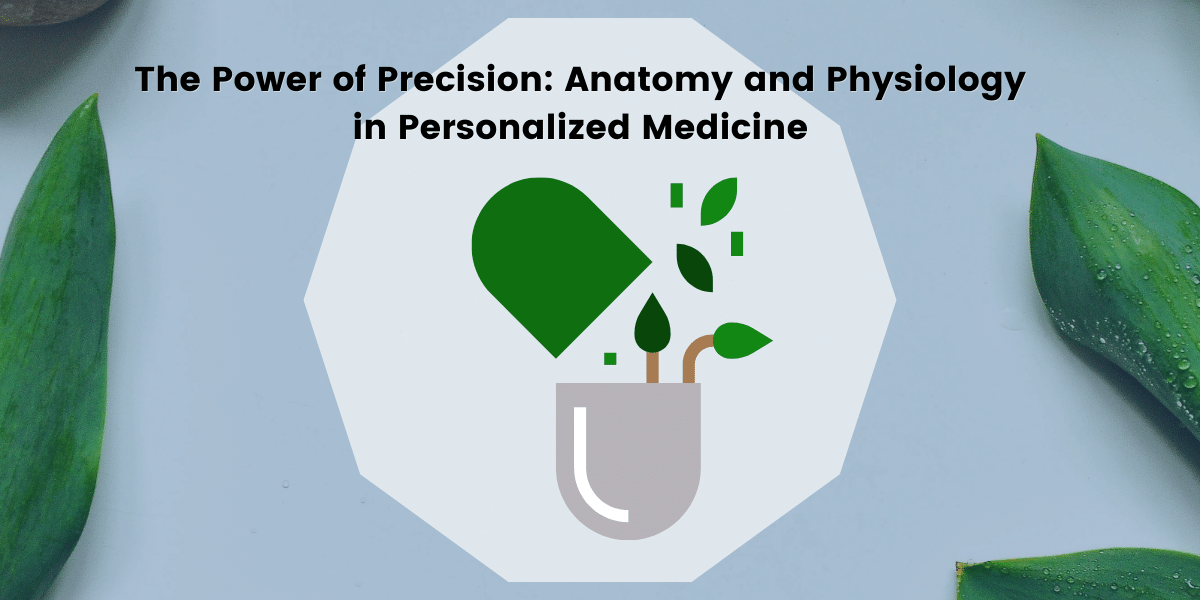What is the Role of Anatomy and Physiology in Personalized Medicine?
The Power of Precision: Anatomy and Physiology in Personalized Medicine
The Crucial Role of Anatomy and Physiology in Personalized Medicine
In the rapidly advancing field of healthcare, the one-size-fits-all approach to treatment is gradually giving way to a more precise and patient-centric model known as personalized medicine. At the heart of this transformation lies the profound understanding of human anatomy and physiology. In this blog post, we will explore the pivotal role that anatomy and physiology play in personalized medicine and how this knowledge influences the customization of treatment plans tailored to individual patient characteristics.

Anatomy and Physiology: The Foundation of Healthcare
Before delving into personalized medicine, let’s establish the importance of anatomy and physiology in healthcare:
- Anatomy is the study of the structure and organization of the body’s various parts, such as organs, tissues, and cells.
- Physiology is the study of how these structures function and interact to maintain the body’s health and equilibrium.
The Evolution of Personalized Medicine
-
Understanding the Human Variability:
- Every individual is unique, and their response to disease and treatment can differ significantly. Anatomy and physiology provide the groundwork for comprehending these variations.
-
Genomic Insights:
- Advances in genetics and genomics have revealed the role of genetic variations in disease susceptibility and treatment response. Anatomy and physiology help interpret these genetic factors in the context of overall health.
Customization of Treatment Plans
-
Targeted Therapies:
- A deep understanding of anatomy and physiology allows healthcare providers to pinpoint the specific mechanisms of diseases at the molecular level. This knowledge facilitates the development of targeted therapies tailored to individual patients.
-
Precision Diagnostics:
- Anatomy and physiology inform the selection of diagnostic tests and imaging techniques to precisely identify the nature and extent of diseases.
-
Personalized Medications:
- Personalized medicine often involves the customization of drug regimens based on a patient’s genetic makeup and physiological responses. This approach minimizes side effects and maximizes treatment efficacy.
The Future of Healthcare
-
Preventive Medicine:
- Personalized medicine extends beyond treatment; it includes strategies for disease prevention based on an individual’s unique risk factors and genetic predispositions.
-
Patient-Centered Care:
- Anatomy and physiology empower patients to actively participate in their healthcare decisions. They can better understand their conditions and treatment options, leading to more informed choices.
Conclusion
Anatomy and physiology are the cornerstones of personalized medicine, revolutionizing the way healthcare is delivered. By harnessing the knowledge of the human body’s structure and function, healthcare providers can offer treatments that are not only more effective but also safer and tailored to individual patient needs. As personalized medicine continues to advance, it holds the promise of improving patient outcomes and enhancing the overall quality of healthcare worldwide.




